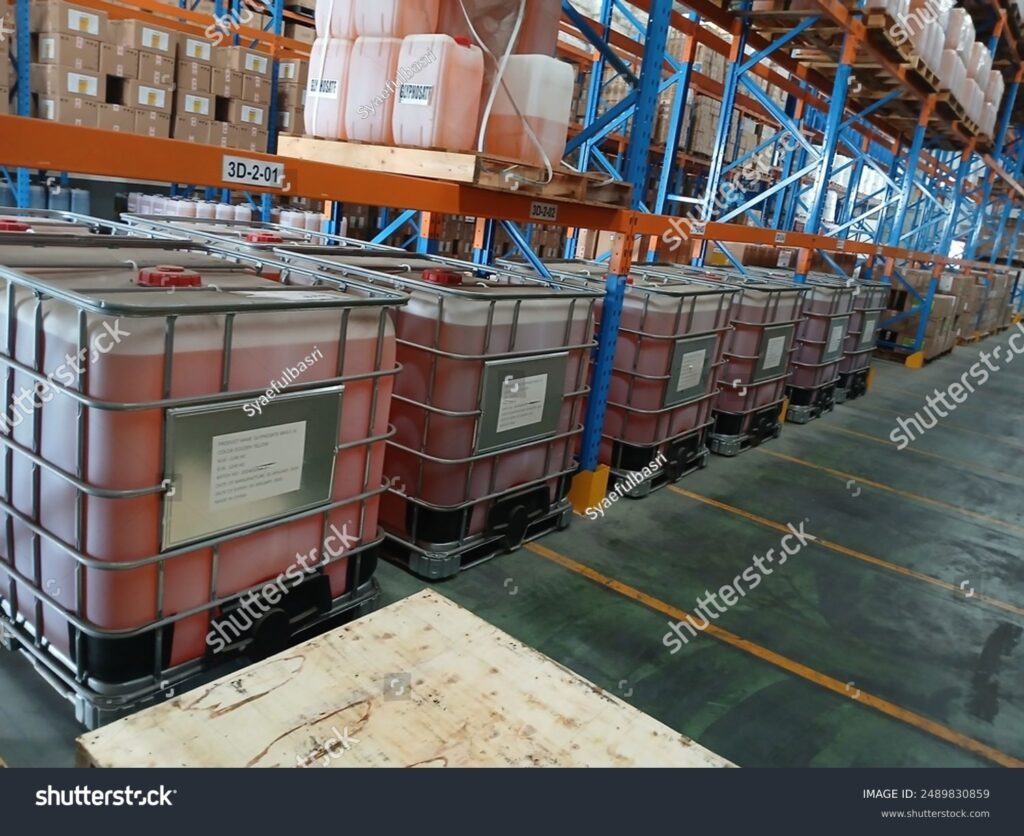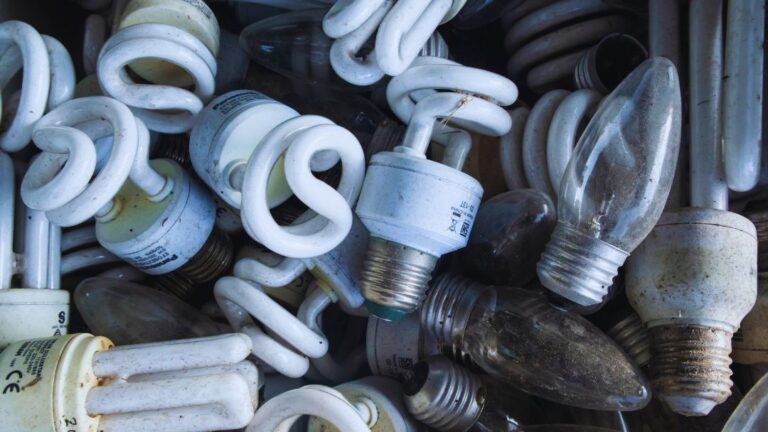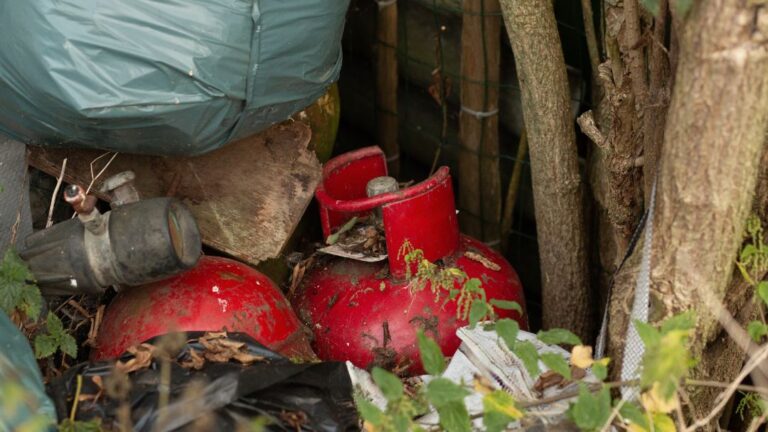When it comes to transporting and storing large volumes of liquids or granulated materials, totes, widely known as intermediate bulk containers (IBCs), are a popular choice.
But exactly how many gallons does a tote hold? This is a crucial question for industries that rely on these versatile containers, whether they’re storing hazardous chemicals, food ingredients, or even repurposing them for unique uses like rainwater collection or gardening.
What are IBC totes used for?
Intermediate bulk containers serve a wide range of purposes, with their most common applications including the storage and transportation of bulk chemicals (including hazardous materials), industrial raw materials, and various liquid, granulated, or powdered food ingredients.
IBCs are also frequently used for storing food syrups like corn syrup or molasses, as well as petrochemical products such as solvents, detergents, and adhesives.
But IBC totes are incredibly versatile. They can be repurposed for rainwater collection, serve as building blocks for aquaponic systems, or even function as gardening tools.
Note: If you’re using totes to store hazardous materials, it’s essential to ensure that they are properly labeled. This includes placing a diamond-shaped hazardous material sticker on the container, as per safety regulations.
How Many Gallons Does a Tote Hold?
IBCs are a cost-effective solution for companies, as their size and shape take up less space than traditional storage options like drums.
Typically available in 275-gallon and 330-gallon capacities, IBCs strike a balance between drums and tanks, which is why they are called “intermediate.”
Their standard outer dimensions (48″ x 40″ x 46″) make them ideal for palletized shipping, and their weight ranges from 118 to 145 pounds.
Made from high-density polyethylene (HDPE) for strength and durability, IBCs also feature a tap or valve at the base, allowing for easy transfer of contents into smaller containers, which is useful when meeting packaging or legal requirements at a destination.

For added security, IBCs are often enclosed in a metal cage. They can also be paired with accessories like manual hydraulic tilt tables and insulated covers.
Tilt tables allow for easier access to the container’s contents by positioning it at an ergonomic angle, typically 0-20°, with a weight capacity of up to 3,000 lbs.
Insulated covers, made from polyurethane-coated nylon with thermal insulation, help maintain the temperature of the IBC’s contents, secured with Velcro fastenings and customizable to specific needs.
Concerns of Overloading an IBC Tote
Overloading an IBC tote can lead to serious issues, particularly when used for non-liquid cargo or liquids with a specific gravity greater than 1.9.
Using an IBC for fluids exceeding this specific gravity is highly discouraged, as it can cause significant damage to the container and pose safety risks.
In general, overloading an IBC tote negatively impacts its performance and can lead to dangerous situations. Exceeding the weight capacity of the tote can result in structural damage, such as deformation or cracking, which compromises the integrity and lifespan of the container.
Overloaded IBCs may also violate regulatory weight limits for transportation, resulting in fines or other penalties due to safety concerns.




